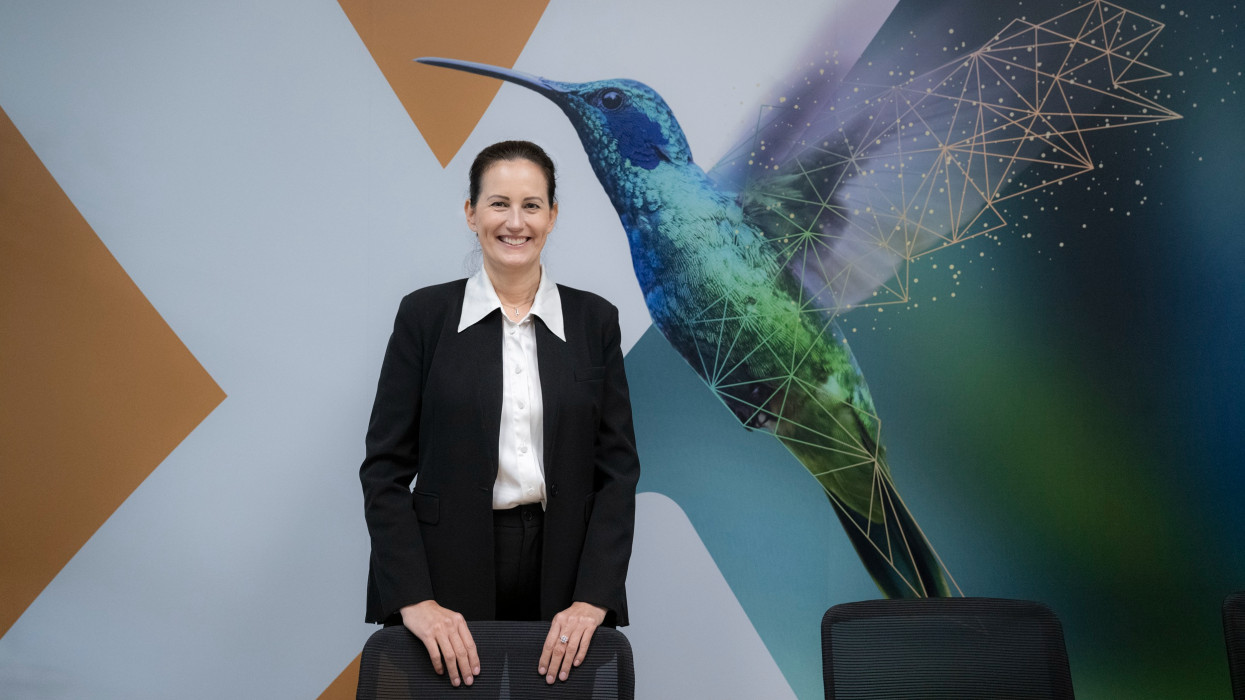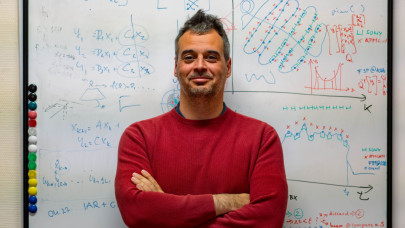“We use our in-depth know-how in passenger cars and trucks as the technological springboard for making agriculture fit for the future. As part of our Off-Highway initiative, we've gone into the agribusiness application field holistically – and we have adapted, further developed and rethought solutions,” says Gilles Mabire, Head of the Commercial Vehicles & Aftermarket Business Unit, where Continental bundles electronic and digital products for commercial vehicles and mobile machines. “We are on a direct path towards autonomous agricultural machinery and we're using the knowledge we gain to enable our customers to benefit from our research today. The left-turn assist is a very good example of this.”
Focus on human safety
According to the statistics portal statista, there were 55 fatalities in accidents involving agricultural tractors in 2018, and the official road traffic accident statistics of the German Statistical Office tell us that 57% of road deaths in 2018 were caused by accidents on country roads. Industry experts believe that the left-hand turn of agricultural machinery vehicles on public roads is particularly risky. After all, around a third of these vehicles' operating time is spent on these roads – although they were not designed for this purpose, since they often have different dimensions than other road users in terms of length, height and width. Agricultural machines also have wide blind spots and fewer light sources on the vehicle, so their signals are often difficult to see. Other road users must also adapt to their low speeds.
Left-turn assist warns drivers in the event of an emergency
Continental is meeting this challenge with its new left-turn assist: The system warns the agricultural machine's driver of obstacles on the left side of the vehicle by means of an acoustic or optical signal. The system can detect approaching vehicles at a distance of up to 250 meters. This is made possible by radar technology. The system is based on 77 gigahertz technology, which captures the vehicle environment in a significantly higher resolution than before. “Earlier technologies used mirrors and cameras. The radar technology is new to the market for this application and it offers many advantages,” says Ulrich Roskoni, Head of Technical Product Design for Special Vehicles in the Continental Independent Aftermarket Business Segment. “Radar sensors enable precise distance control; the sensor can ‘look' back and determine the speed of the oncoming vehicles and the distance between them and the agricultural machine.” More advantages: Radar sensors are independent of weather and lighting conditions, the Continental system is easy to install, and it does not overload the driver with information. “The driver doesn't need a monitor; he's only warned in an emergency. This is in line with our Continental philosophy for the human-machine interface, which is to always give the driver only the information he really needs,” emphasizes Roskoni.
Turn assists soon with combined radar and camera technology
To develop the left-turn assist, Continental is working together with a major original equipment manufacturer for agricultural machinery. Technologically, the company is relying on proven devices: in this case, it is the right-turn assist for trucks, which will be mandatory for all new EU vehicle types from 2022. “There is currently no product on the market that can compare with the left-turn assist. In addition to the rear and side mirrors used previously, the current products are usually based on camera technology. These systems are limited to certain distances and are not able to warn the driver on their own, so radar is a more appropriate technology in this case. However, camera technology also has its strengths and we're working to merge radar and camera technologies, which would give us even better information,” says Roskoni.
This benefits the driver, who cannot have his eyes everywhere and whose field of vision is restricted by the dimensions of his vehicle. In the long term, the camera, radar and lidar sensor types will detect the environment together – completely and redundantly. The information obtained in this way serves as the basis for autonomous machine decisions.
ProViu 360 Surround View system for a clear picture of the field
This sensor fusion, initially of radar and camera information, will also be applied to the digital camera system ProViu 360 in the future. Production of the ProViu 360 is scheduled to start in 2020, and a total of four 1.3 megapixel cameras will be used, giving the driver a bird's eye view of his machine. This enables the system to deliver sharper images in HD resolution, displayed on a 10-inch HD touch display. The next step will then see ProViu 360 becoming intelligent. Markers, icons and texts will be placed on the camera image as augmented reality.
The second generation of the intelligent ProViu 360 surround view system will provide the driver with a panoramic bird's eye view of the machine in HD resolution on a touch display.WiFi and magnet: Retrofitting cameras without cable clutter
The magnetically fixed and wireless WLAN cameras that Continental is currently developing are of particular interest for retrofitting agricultural machinery. Due to their small, 7-centimeter diameter, these round cameras with fisheye lenses can be mounted in previously impossible or too complicated locations – on the shovel of a wheel loader, for example, or on the back of a trailer. With its protection class IP69K, the camera is more or less immune against external influences and its batteries are inductively charged without any exposed contacts. The painted surface of the vehicle is protected by the camera's rubber jacket. The neodymium magnet and an acceleration sensor ensure enormous flexibility. The magnet can be attached to metallic surfaces and withstands all rough usage – but at the same time it ensures that the cameras can be easily dismantled and placed elsewhere. Thanks to the acceleration sensor, the image aligns itself automatically, but the operator still has the freedom to pan or zoom the image thanks to the 12 megapixel resolution of the image sensor. Drivers who are familiar with their own usage scenarios can also attach holders to the important spots on their machine. With a short connection to the next live cable, charging is automated, and thanks to an RFID chip, the camera immediately recognizes which machine it has been attached to, and the field of view is automatically adjusted.
The magnetically fixed and wireless WLAN cameras that Continental is currently developing are of particular interest for retrofitting.At Agritechnica in Hanover from November 10 to 16, 2019, Continental will be presenting its solutions for environmental monitoring as well as other digital solutions for agriculture.







